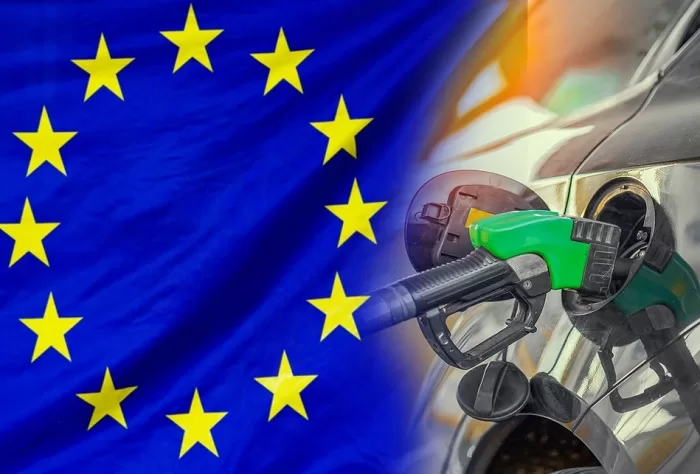BRUSSELS – The European Parliament approved tougher emissions standards for some vehicles in a deal that watered down the initial European Union proposal, following objections from some member states.
The new rules maintain the status quo for limits on pollutants including nitrogen oxides and carbon monoxide for cars and vans, but set tougher limits for buses and trucks.
They also set limits for the first time on particulate matter pollution from the brakes of cars and vans.
Since a first set of regulations, known as “Euro 1”, in 1992, the EU has been progressively tightened road vehicle emission limits.
The European Commission, the EU executive, proposed the latest set of rules, “Euro 7”, in 2022.
The new rules, which still need final formal approval from EU countries, will apply to cars and vans from July 2030 and for buses and trucks 12 months later, Reuters reported.
The European Commission originally proposed tougher limits to kick in from mid-2025 for cars and mid-2027 for trucks and buses.
The EU’s main policy for cutting cars’ greenhouse gas emissions is a separate law that will ban sales of new CO2-emitting cars in the EU from 2035.
European carmakers and countries including France, Italy and the Czech Republic had pushed to weaken Euro 7.
Given sales of new CO2-emitting cars are due to be banned, they said it would be better to focus investment on boosting electric vehicle production to meet that future demand.
Alexandr Vondra, the EU Parliament’s lead lawmaker on the rules, said the final policy “struck a balance between environmental goals and the vital interests of manufacturers”.




